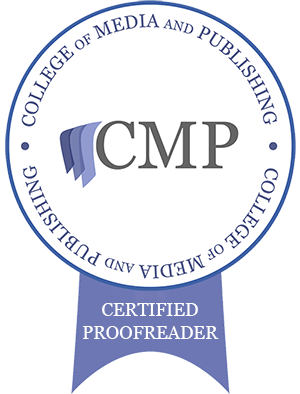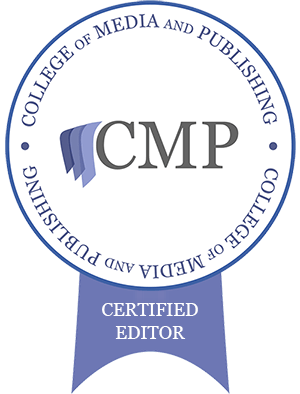The Three-Act Structure

I’m starting a new series of posts about storytelling in gaming. A lot of RPG plots follow the classic three-act structure of storytelling. This is for a good reason, as the structure is a common way to build and pace a story, regardless of the format it will be published in. Additionally, they often follow a version of the ‘Hero’s Journey’ plot structure.
Video games provide a unique form of storytelling, as it is absolutely a ‘choose your own adventure’ kind of thing, especially with roleplaying games (RPGs). Many games have diverging storylines too, depending on choices made by the player. There’s varying degrees of success with this.
The three act structure is laid out as the beginning, middle and end. The beginning is the first quarter of the plot and serves to introduce the world and the main character, as well as introducing the conflict and beginning to build the tension. It should end with a major event that pushes the main character to commit to the story.
The middle part is the second and third quarters of the plot, and the ‘meat’ of the story. Tensions build and the stakes are raised, with a major event at the midpoint of the story. There’s often a period of recovery after this, before a third major event that forces both sides to decide to pursue the final confrontation.
The third act is your ending. This is where we get the climax or resolution which answers the story question. The final confrontation happens and we find out if the main character achieves their story goal. There will then be some kind of winding down of the story afterwards. It is important that the ending makes sense and doesn’t rely on out of character behaviour or a deus ex machina solution.
How to Evaluate A Storyline
Over the next few posts, we are going to dive into the plots of some of my favourite RPGs, looking at how the game follows this structure. As well as evaluating and analysing the plot. We’ll look at the strengths and weaknesses of each plot, and how well the game tells the story.
The questions to answer are about the main character, what their goal is and how it shifts as the story progresses. How do we work out who the villain is? How the plot answers the overall themes of the game. What are the consequences of the final resolution?
We’ll look at motivation, for both the main character and the player. How well each game follows the “show, don’t tell” rule of writing. How we learn the information needed to decide how to approach the game.
We’ll evaluate issues with the plot, like contrived circumstances forcing the player to do something they may not wish to do. Deciding who are the good guys and the bad guys. Whether the main character, the protagonist, is a hero or not. Does the player have the freedom to roleplay morality the way they want to.
Which Games Are You Going to Cover?
Glad you asked! I’ll be starting with my two favourite franchises, Fallout and Dragon Age. I love these games for different reasons, but I love them both a lot. Fallout has such a rich background and so much freedom of choice and how to shape the post-apocalyptic world. Dragon Age has some really amazing well-developed characters. So hopefully you’ll join me on this journey.
I’ll be starting with the Fallout series, as the TV show is just around the corner and I’m very excited about it. I have an introductory video on my YouTube channel and I will be supplementing this blog with videos talking about some of the things I’ll be writing about so if you’re interested, I hope you’ll join me. My channel can be found here.



Leave a Reply